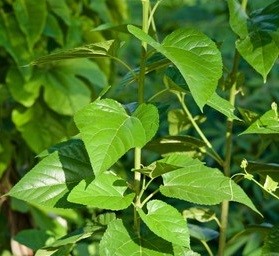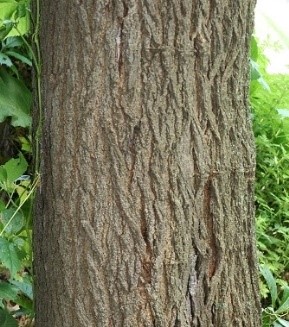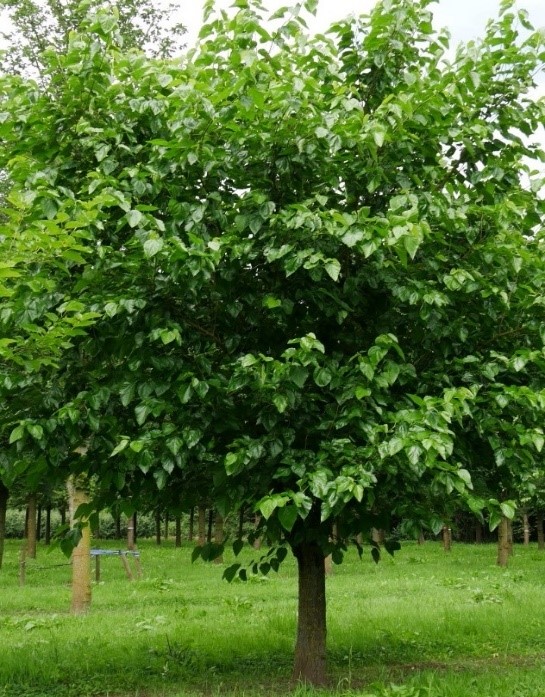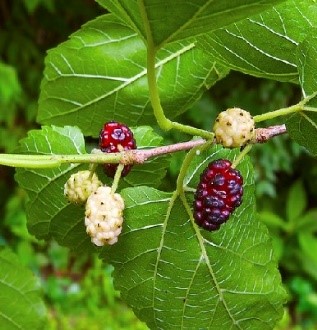Trees
Morus alba Linn.
Morus alba Linn.
Description :
A
medium sized, deciduous tree, 9 to 15 m tall and diameters of 0.6 to 0.8 m. The
crown is spreading and rounded. The leaves are simple, but varied in shape, 5
to 15 cm long and 4 to 12 cm wide. The bark is dark greyish brown with vertical
ridges or fissures. It is monecious. The male flowers are in 1 to 2 cm long
catkin like bunches. The female flowers are in solitary, rounded heads 0.5 to 1
cm in diameter. The flowers are greenish appearing between February and April.
The fruit is a berry containing 5 to 15 small seeds, 0.7 to 1 cm long. The
berries are white to pinkish to purple to red to black. The fruiting period is
between March and June. It has numerous insects and pest enemies including
porcupines, defoliators, powdery mildew, root rots, and die back. It is
reproduced both from seed and by vegetative means. Insecticide treated seed can
be stored for a year or so. It grows very fast and MAI of 5 to 8.5 m3/ha/yr
is not uncommon. Diameters of 60cm are recorded for 20 years old trees. Grains
are straight, medium coarse uneven texture. Sapwood is yellowish to yellowish
white heartwood is bright yellowish brown changing to dull brown with age.
Having high strength with specific gravity of 0.69 and a calorific value of
5100 kcal/kg.
Distribution :
The
tree is native to Pakistan, China, Central Asia and Afghanistan. It has been
planted in many other parts of the world. A moderately intolerant tree that
grows on a variety of well drained, rich soils. It requires a precipitation
zone of 750 to 1250 mm/yr or more, and prefers a semi-arid, cool to cold
subalpine temperate, sub-tropical winter/monsoon, climate with a temperature
range of -10 to 40°C at elevations up to 3300 m. It will coppice easily, can be
grown in mixed stands, is frost hardy, and can tolerate hot droughty conditions
if irrigated.
Uses :
This
is a good tree for reforestation projects because of its fast growth and wood
value. Also it is important as silkworm feed. Silkworm growers have tendency to
reduce the quality of the wood, by over lopping the branches and foliage,
subsequently reducing tree growth. It would be useful to introduce bush
mulberry for silkworm rearing (sericulture) in the plantations to reduce damage
to the tree species. This is a good farm forestry tree. The sport goods
industry's needs for its wood presents an opportunity for farmers to have a
direct link with industrial markets. Also used as food, fodder, fruit,
carriages, sports equipment, veneer and plywood, furniture, medicinal (bark is
a vermifuge and purgative, fruit is a laxative), and shelterbelts.



